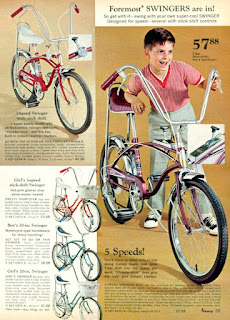Signs

I’ve been thinking about signs—not the blaring neon ones, but the quiet foreshadowing ones that predict (possibly) the future. Some people attribute them to God, some the universe or Karma. I wasn’t quite sure. Even before my move across the country at the end of December, I’ve been in a state of transition. A nebulous place—much like the rough patch beside the highway that technically is part of the roadway but also a netherland often full of McDonald’s wrappers, one shoe, assorted garbage, and other stuff chucked out of car windows. Yeah, a little mixed up, not quite sure of who I am, what I wanted, or where I was going. Then I saw a sign. To be honest, my friend saw it first. Sandy, as she was backing out of her parking spot after we’d packed up the van with my stuff to go to the airport, said “Look! A sign.” I tried to see, but there was a brick wall in front of us. “What!?” She jabbed her finger toward a fence about 3 feet long that separated the row of parking from a po...







